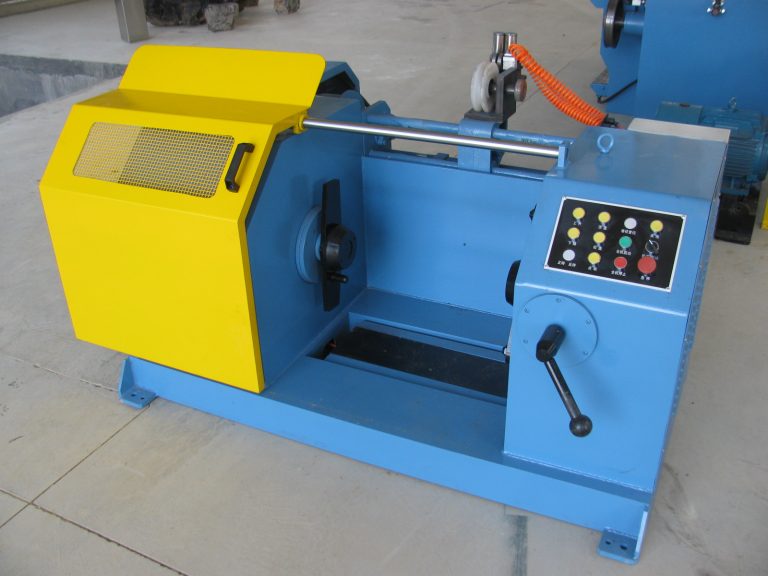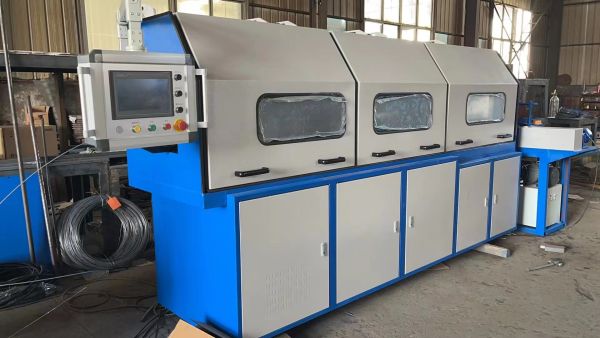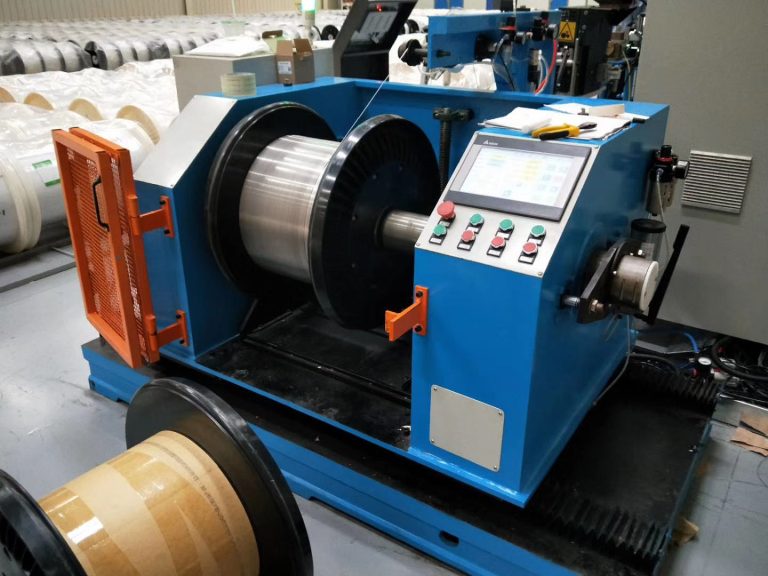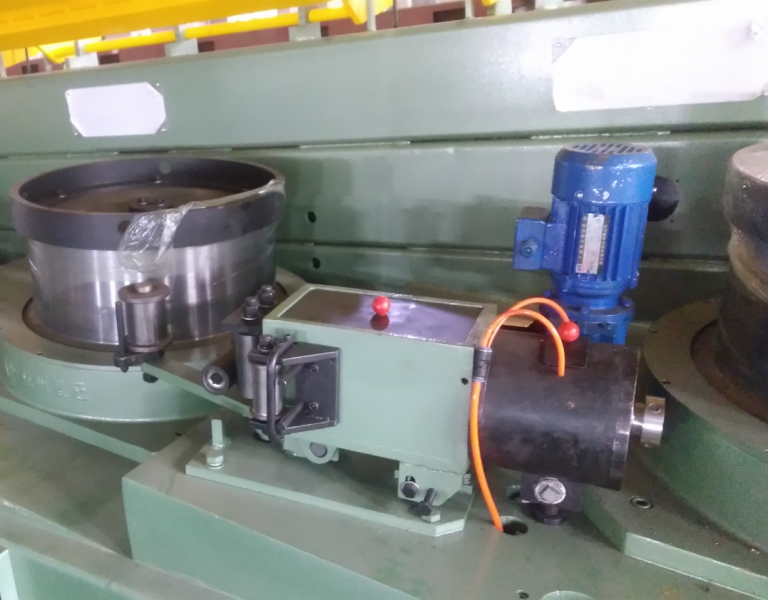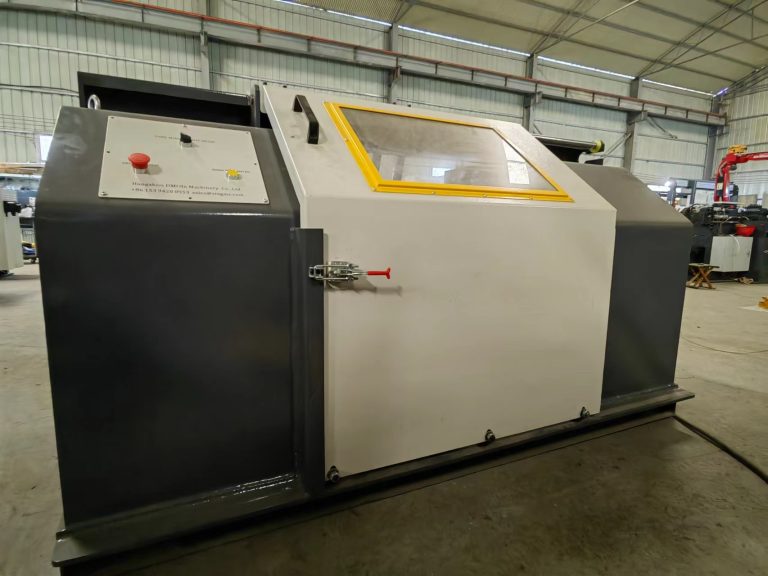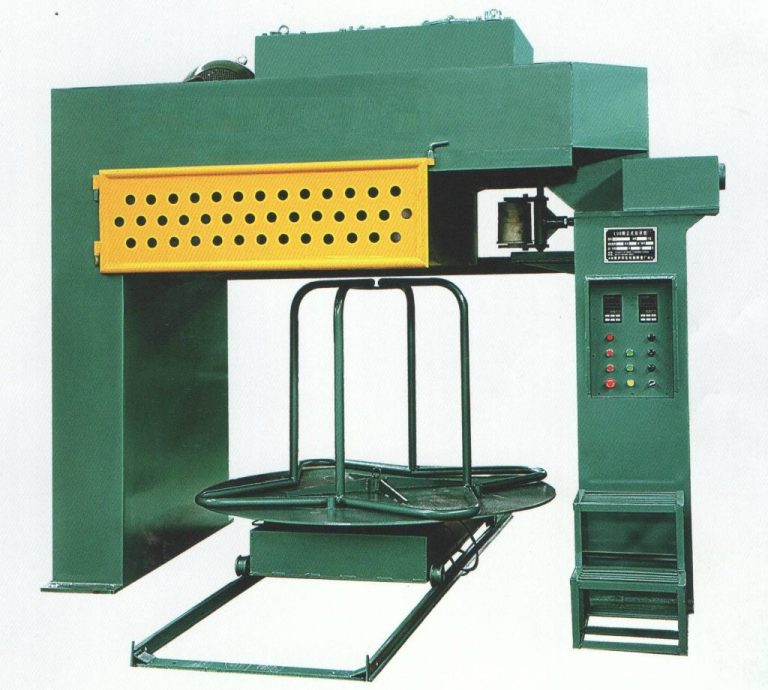Table of Contents
The History and Evolution of Dead Block Coiler Technology
Dead block coilers have been an essential tool in the wire and cable industry for decades. These machines are used to wind wire or cable onto a spool or reel in a controlled and efficient manner. The history of dead block coilers dates back to the early 20th century when the demand for wire and cable products began to increase rapidly.
The first dead block coilers were simple machines that relied on manual labor to operate. Workers would manually guide the wire or cable onto the spool while the machine rotated. This process was slow and labor-intensive, but it was the best technology available at the time.
As technology advanced, so did dead block coiler technology. In the 1950s, the first automated dead block coilers were introduced. These machines used motors and sensors to automatically wind the wire or cable onto the spool. This innovation greatly increased efficiency and productivity in the wire and cable industry.
Over the years, dead block coilers have continued to evolve and improve. Modern dead block coilers are equipped with advanced features such as computerized controls, variable speed drives, and automatic tension control systems. These features allow for precise and consistent winding of wire and cable, resulting in higher quality products.
One of the key advantages of Wire Dead Block Coiler Machine is their ability to handle a wide range of wire and cable sizes and types. Whether it’s thin gauge wire or thick cable, dead block coilers can wind it all with precision and accuracy. This versatility makes dead block coilers a valuable tool for wire and cable manufacturers.

In addition to their versatility, dead block coilers are also known for their reliability and durability. These machines are built to withstand the rigors of continuous operation in industrial settings. With proper maintenance and care, a wire dead block coiler can last for many years, making it a wise investment for wire and cable manufacturers.
Another important aspect of dead block coiler technology is safety. Modern dead block coilers are equipped with safety features such as emergency stop buttons, guards, and sensors to protect operators from accidents. This focus on safety ensures that workers can operate dead block coilers with confidence and peace of mind.
In conclusion, dead block coilers have come a long way since their humble beginnings in the early 20th century. From manual machines to automated systems with advanced features, dead block coilers have revolutionized the wire and cable industry. Their versatility, reliability, and safety features make them an indispensable tool for wire and cable manufacturers around the world. As technology continues to advance, we can expect to see even more innovations in dead block coiler technology in the years to come.
How Dead Block Coilers Improve Efficiency in Industrial Applications
Static Coiler Dead Block Machine is an essential component in many industrial applications, particularly in the manufacturing and processing of metal products. These machines play a crucial role in improving efficiency and productivity by providing a reliable and efficient method for coiling metal strips or wires. In this article, we will explore the various ways in which dead block coilers contribute to enhancing efficiency in industrial settings.
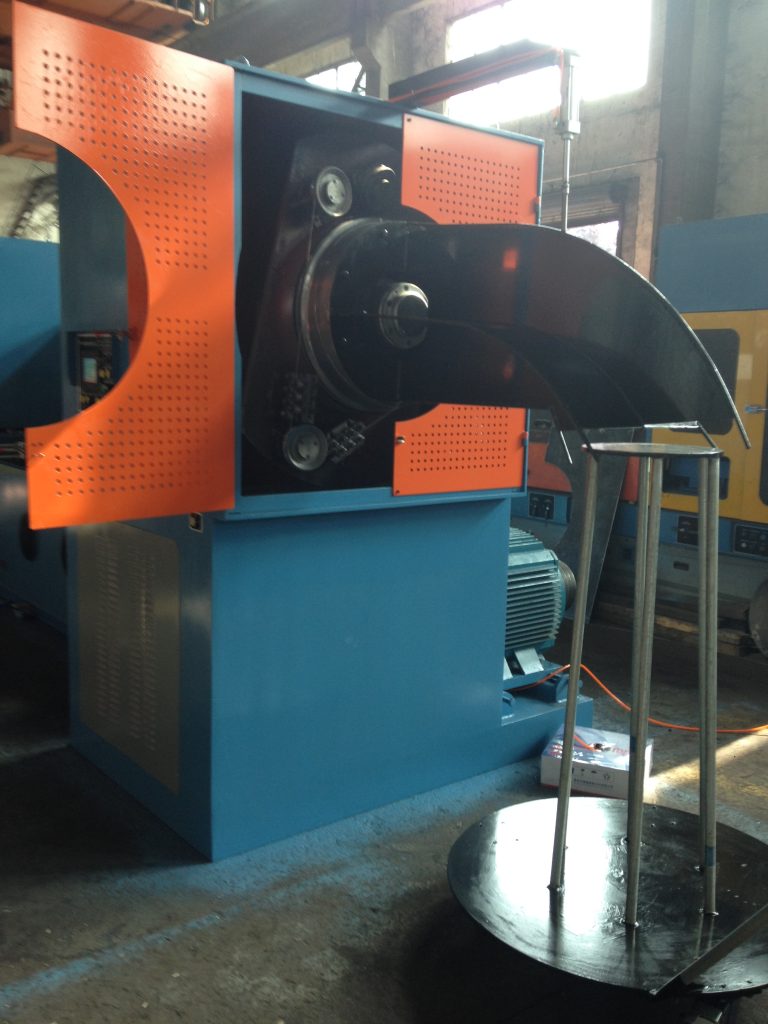
One of the key advantages of dead block coilers is their ability to handle a wide range of materials and sizes. These machines are designed to coil metal strips or wires of varying thicknesses and lengths, making them versatile and adaptable to different production requirements. This flexibility allows manufacturers to use dead block coilers for a wide range of applications, from coiling thin strips for packaging to coiling thick wires for construction purposes.
In addition to their versatility, Horizontal Dead Block Wire Coiler is also known for their high-speed operation. These machines are equipped with powerful motors and precision controls that allow them to coil metal strips or wires at a rapid pace. This high-speed operation helps manufacturers increase their production output and meet tight deadlines, ultimately improving overall efficiency in the manufacturing process.
Furthermore, dead block coilers are designed to minimize downtime and maintenance requirements. These machines are built with durable components and advanced technology that ensure reliable and consistent performance over extended periods. This reliability reduces the need for frequent maintenance and repairs, allowing manufacturers to focus on production without interruptions or delays.
Another key benefit of dead block coilers is their compact design and footprint. These machines are typically designed to take up minimal space on the factory floor, making them ideal for use in crowded or limited spaces. This compact design also allows manufacturers to optimize their production layout and workflow, further enhancing efficiency in the manufacturing process.

Moreover, dead block coilers are equipped with advanced safety features to protect operators and prevent accidents in the workplace. These machines are designed with safety guards, emergency stop buttons, and other safety mechanisms to ensure the well-being of workers and prevent injuries. By prioritizing safety, dead block coilers help create a secure and productive work environment for employees.
In conclusion, dead block coilers play a crucial role in improving efficiency in industrial applications by providing a versatile, high-speed, and reliable method for coiling metal strips or wires. These machines offer a range of benefits, including the ability to handle various materials and sizes, high-speed operation, minimal downtime, compact design, and advanced safety features. By incorporating dead block coilers into their production processes, manufacturers can enhance productivity, increase output, and streamline operations. Overall, dead block coilers are an essential tool for achieving efficiency and success in industrial settings.
Comparing Different Dead Block Coiler Models and Manufacturers
Dead block coilers are an essential piece of equipment in the wire and cable industry, used for coiling wire or cable onto a spool or reel. There are various models and manufacturers of dead block coilers available in the market, each offering unique features and capabilities. In this article, we will compare different dead block coiler models and manufacturers to help you make an informed decision when choosing the right equipment for your needs.
One of the key factors to consider when comparing dead block coilers is the capacity and speed of the equipment. Different models offer varying capacities for coiling wire or cable, ranging from small-scale operations to large-scale industrial applications. Manufacturers such as Davis-Standard, Maillefer, and Rosendahl Nextrom are known for producing high-capacity dead block coilers that can handle a wide range of wire and cable sizes.
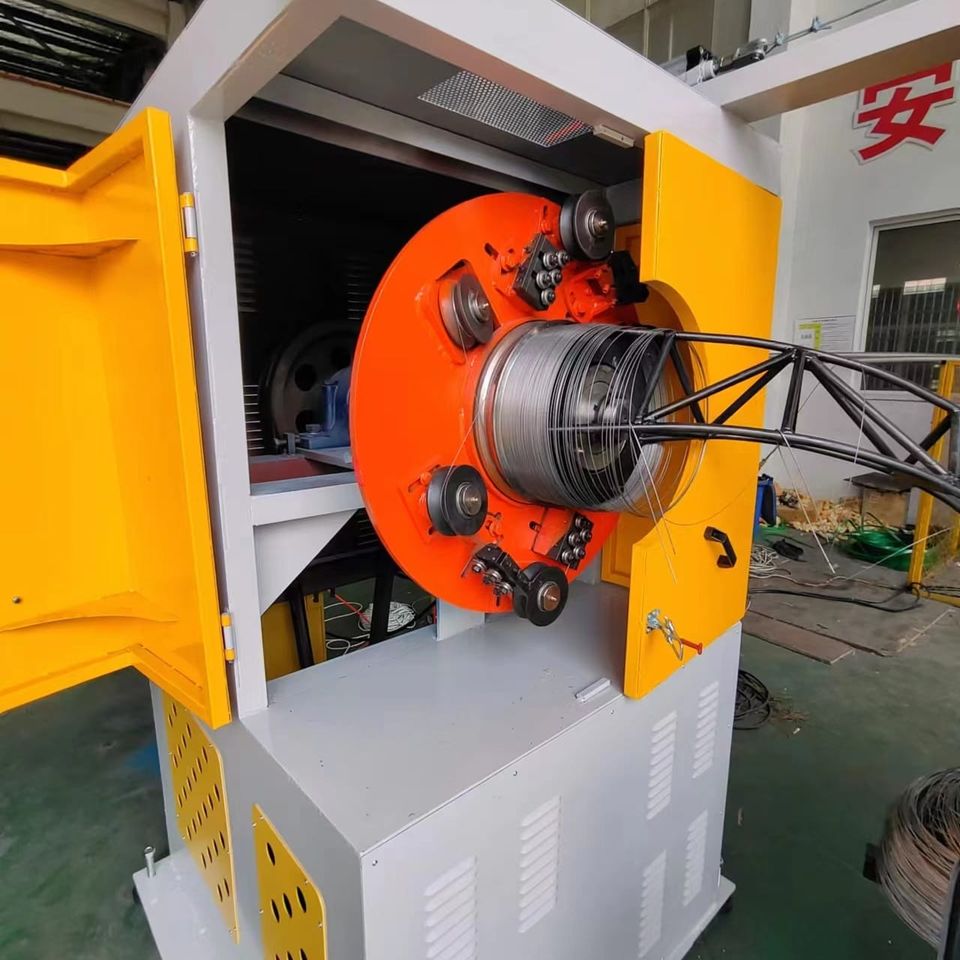
In addition to capacity, the speed at which a dead block coiler can operate is also an important consideration. Some models are designed for high-speed coiling, allowing for increased productivity and efficiency in production processes. Manufacturers like Bartell Machinery Systems and Niehoff are known for producing dead block coilers with high-speed capabilities, making them ideal for high-volume manufacturing environments.
Another factor to consider when comparing dead block coilers is the level of automation and control features offered by different models. Some manufacturers offer advanced automation systems that allow for precise control over coiling processes, reducing the risk of errors and improving overall product quality. Companies like Samp Sistemi and Setic offer dead block coilers with advanced control systems that can be integrated into existing production lines for seamless operation.
When it comes to durability and reliability, the reputation of the manufacturer plays a significant role in determining the quality of a dead block coiler. Established manufacturers with a history of producing high-quality equipment, such as Sikora and TROESTER, are known for their durable and reliable dead block coilers that can withstand the rigors of continuous operation in industrial settings.
Cost is another important factor to consider when comparing dead block coilers. Different manufacturers offer equipment at varying price points, depending on the features and capabilities of the model. It is essential to weigh the upfront cost of the equipment against the long-term benefits it can provide in terms of productivity, efficiency, and product quality.
In conclusion, when comparing different dead block coiler models and manufacturers, it is essential to consider factors such as capacity, speed, automation, durability, reliability, and cost. By carefully evaluating these factors and choosing a reputable manufacturer with a track record of producing high-quality equipment, you can ensure that you select the right dead block coiler for your specific needs. Whether you are looking for a high-capacity coiler for industrial applications or a high-speed coiler for increased productivity, there are various options available in the market to meet your requirements.

